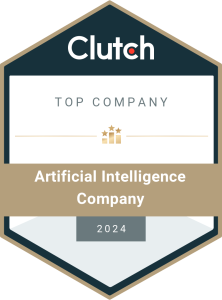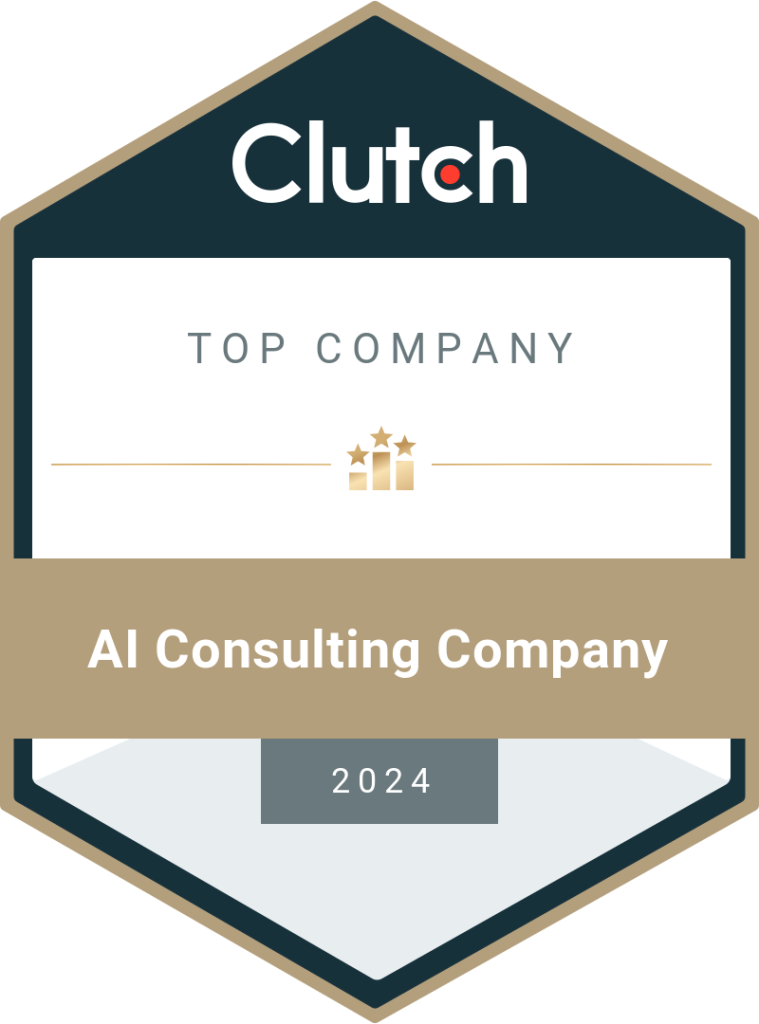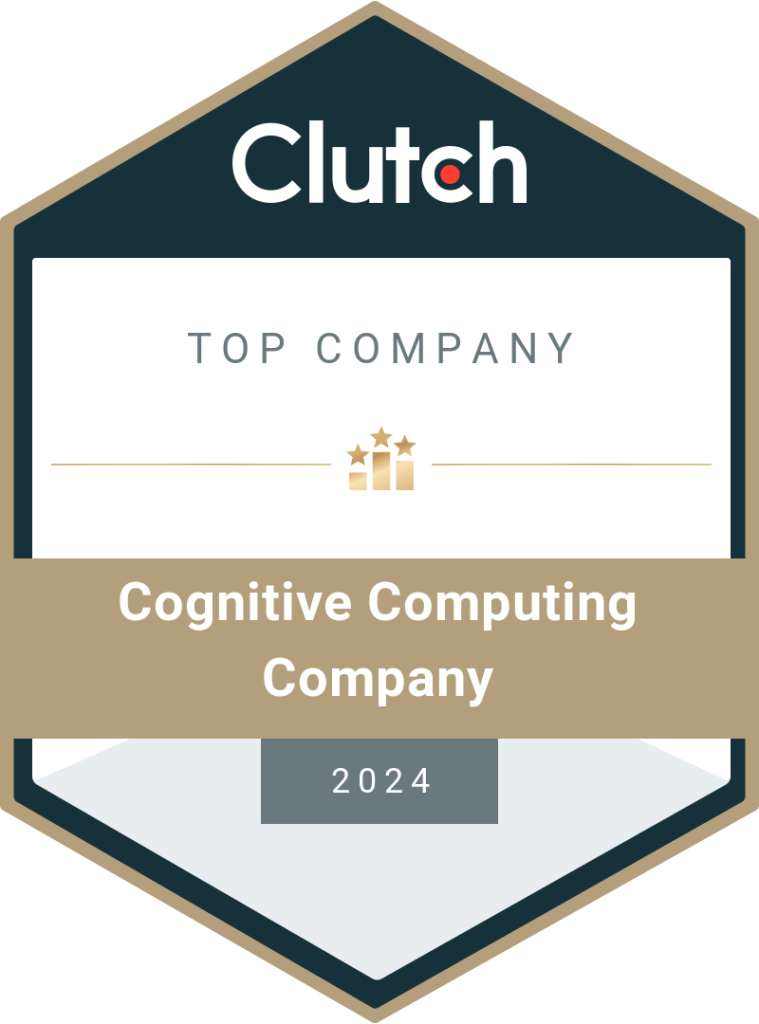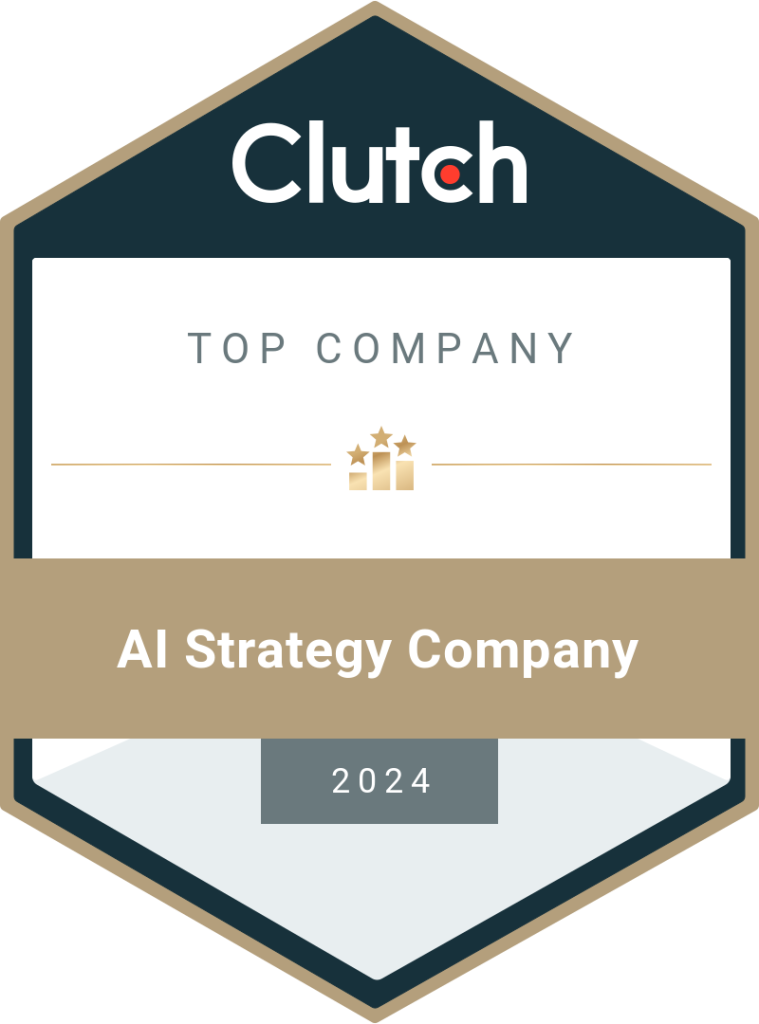Top 12 Benefits of HR Analytics: Revolutionizing Human Resources
Human resources department can hugely benefit from using data analytics to make effective decisions about hiring, compensation, employee training, performance, etc. Here, we’ll discuss the benefits of HR analytics for a growing business. The human resource department has always been vital in connecting employees with the organization. They are essential in taking care of employees’ needs and ensuring that the company continues to be productive and profitable. For years, the HR department relied on its own resources. However, times are changing. HR teams now use the latest technology to enhance their services in the enterprise. The HR software market is estimated to grow at a CAGR of 10% to reach $33.57 billion by 2028. As per Tidio, 67% of HR professionals said that AI will positively impact recruitment. Data and analytics are gradually becoming an integral part of the HR department. This led to a new discipline called HR analytics. Many BI companies offer offshore HR analytical services to help businesses adopt data-driven decision-making in their human resource departments. In this blog, we’ll read answer questions like what is HR analytics and why is it important, and the importance of HR Analytics in an organization. What is HR Analytics? HR analytics is defined as the process of collecting human resource data from multiple sources and analyzing it to increase the performance of the company’s workforce. HR analytics companies offering these services also term it as people analytics, workforce analytics, or talent analytics. Using data science in HR gives your business an added advantage over competitors and helps in gaining an in-depth understanding of your employees, their abilities, requirements, etc. Broadly speaking, HR analytics allows you to leverage the following: Benefits of HR Analytics 1. Talent Acquisition Recruitment or talent acquisition can be streamlined by tracking the data related to hiring KPIs (cost per hire, quality of hire, candidate experience, application completion rate, etc.). It not only reduces the time taken to recruit a candidate but helps the HR teams find the right candidates for the right roles. This further reduces the employee turnover rate and increases the retention rate. 2. Evidence-Based HR The HR department has been traditionally relying on supposed trends about what’s effective for the business and employees. This includes missing information, biases, etc. However, using data to make day-to-day decisions eliminates errors and strengthens the stand of the HR teams. For example, the HR department can use employee feedback to determine what kind of incentives they should offer instead of assuming or copying a competitor. 3. Employee Performance Management Performance appraisal shouldn’t be a year-end activity. The HR teams can use analytics to monitor the KPIs of employee performance and provide them feedback at regular intervals. Here, instead of using information shared by immediate supervisors (which can be biased), the department uses data collected from the systems (collaborations, project status, errors reported and solved, etc.) 4. Compensation and Payroll Management Payroll and compensation management is time-consuming and complex in many businesses. How do you ensure pay equity in your business? How do you value your employees’ productivity? For example, around 62% of Staples employees said that they wouldn’t mind a lower pay package if they got better perks. What additional perks can you provide to make your employees feel valued? HR analytics help find answers to these questions. 5. Workforce Planning Your business won’t be the same forever. As you achieve your goals, the business expands and enters newer markets. This means your workforce should be capable of handling additional work. When to recruit new employees? Should you have an internal hiring team or rely on staffing companies? HR analytics help the human resource department stay one step ahead and be ready to take advantage of market opportunities. 6. Save Time, Money, and Resources Budget and resources are a constant issue for many businesses. HR analytics can help the teams support their plans and projects to enhance employee performance through training, upskilling, etc. Similarly, the teams can discontinue programs or schemes that aren’t delivering the expected results but are draining the company’s resources. Budget allocation and management will be more effective when you make decisions based on analytical reports. 7. Analyzing and Bridging Talent Gaps One of the most interesting benefits of HR analytics tools is their ability to analyze the talent gap in your business and identify the exact areas where you need to hire new employees or train existing ones. This is done by analyzing employee information, such as education, experience, performance, current skills, etc. It also reduces the cost of recruitment by helping you hire only the necessary candidates. 8. Upskilling and Reskilling Training and development are vital in any organization. HR analytics gives insights into new upskilling and reskilling opportunities to boost employee performance. The HR teams can pick the right employees for specific training programs based on their interests, performance, and abilities. For example, an employee displaying leadership traits can be trained to become a better team leader or manager. 9. Internal Mobility Internal hiring or mobility can be very advantageous for the business. It increases retention rates and employee satisfaction. It also reduces the need to hire new candidates and provides greater work opportunities for existing employees. HR analytics and AI tools can help the teams map an employee’s career graph in the organization based on their strengths and weaknesses. This will allow them to achieve their goals without leaving the company. 10. Workplace Ethics Management Harassment, bias, misconduct, irresponsible behavior, etc., can reduce overall productivity. These issues can affect employees severely and have to be controlled by the HR department. HR analytics can help the teams collect information about previous complaints and identify potential employees who need workplace ethics training to prevent such incidents from repeating. 11. Supporting DEIB Goals DEIB (Diversity, Equity, Inclusion, and Belonging) goals have gained prominence in recent times. How can the HR teams ensure that their company has a diverse and inclusive workplace without compromising merit? HR analytical tools collect information from within the organization and recruitment platforms to provide a comprehensive report about how to make the
Read More






